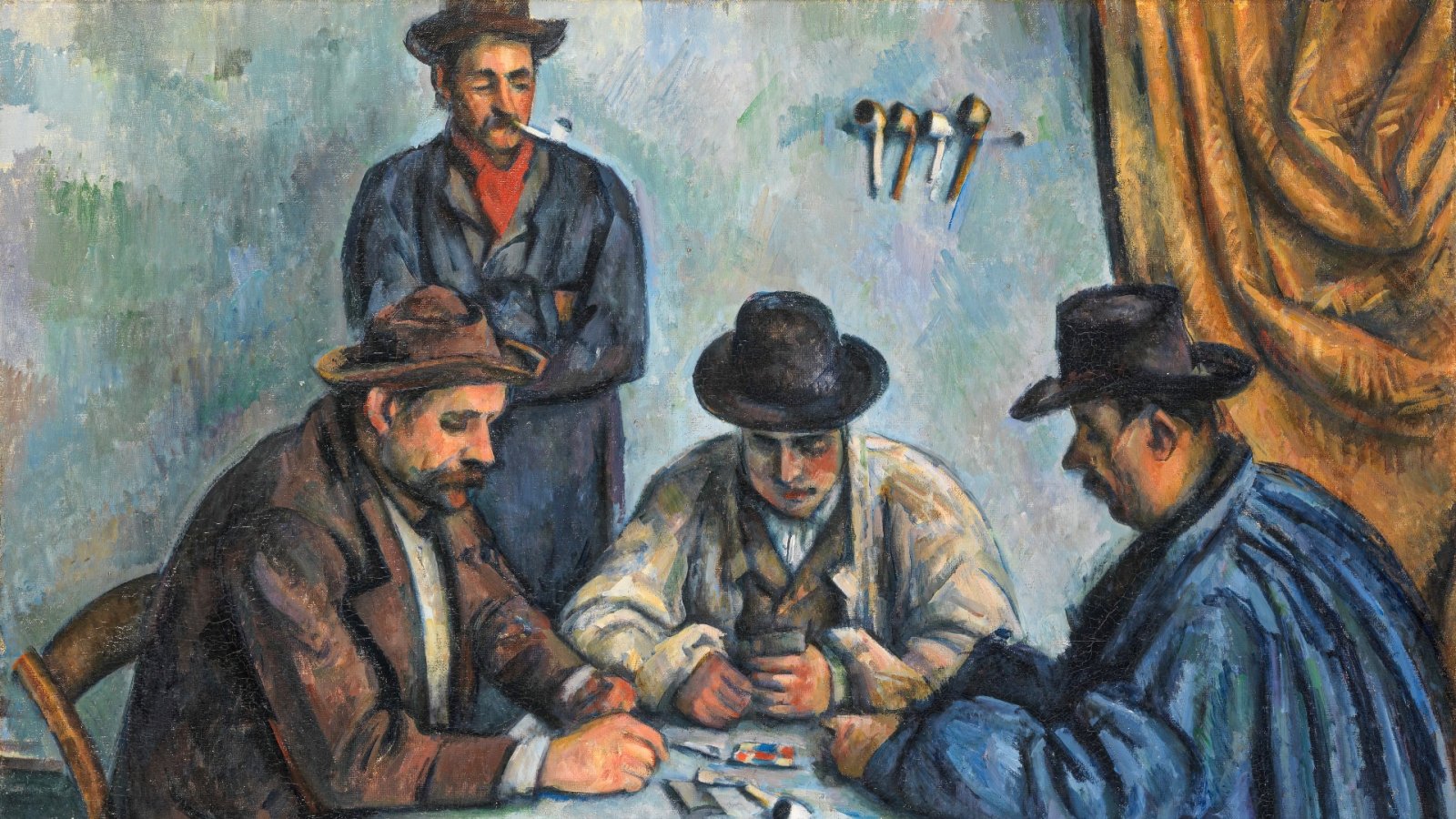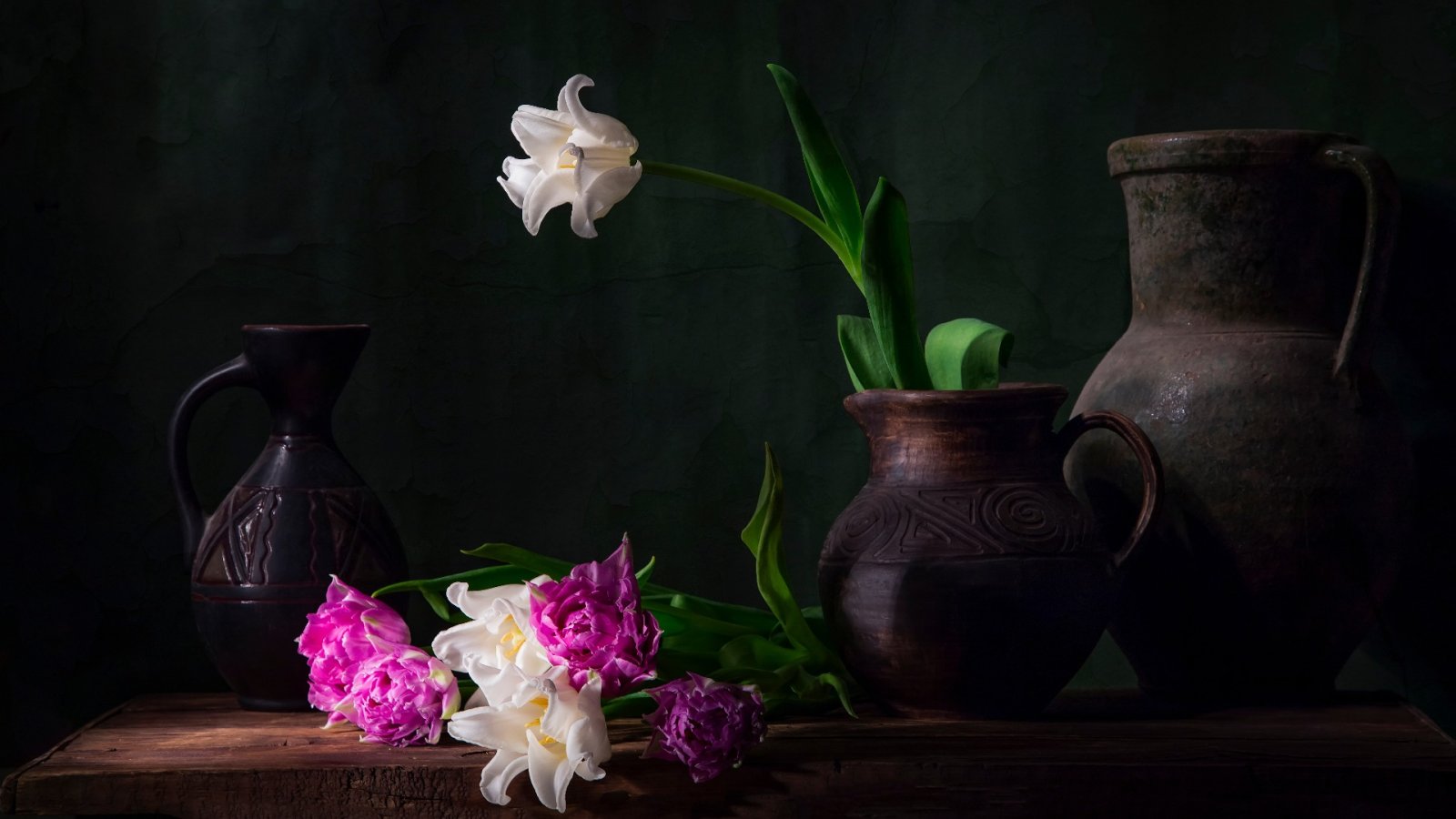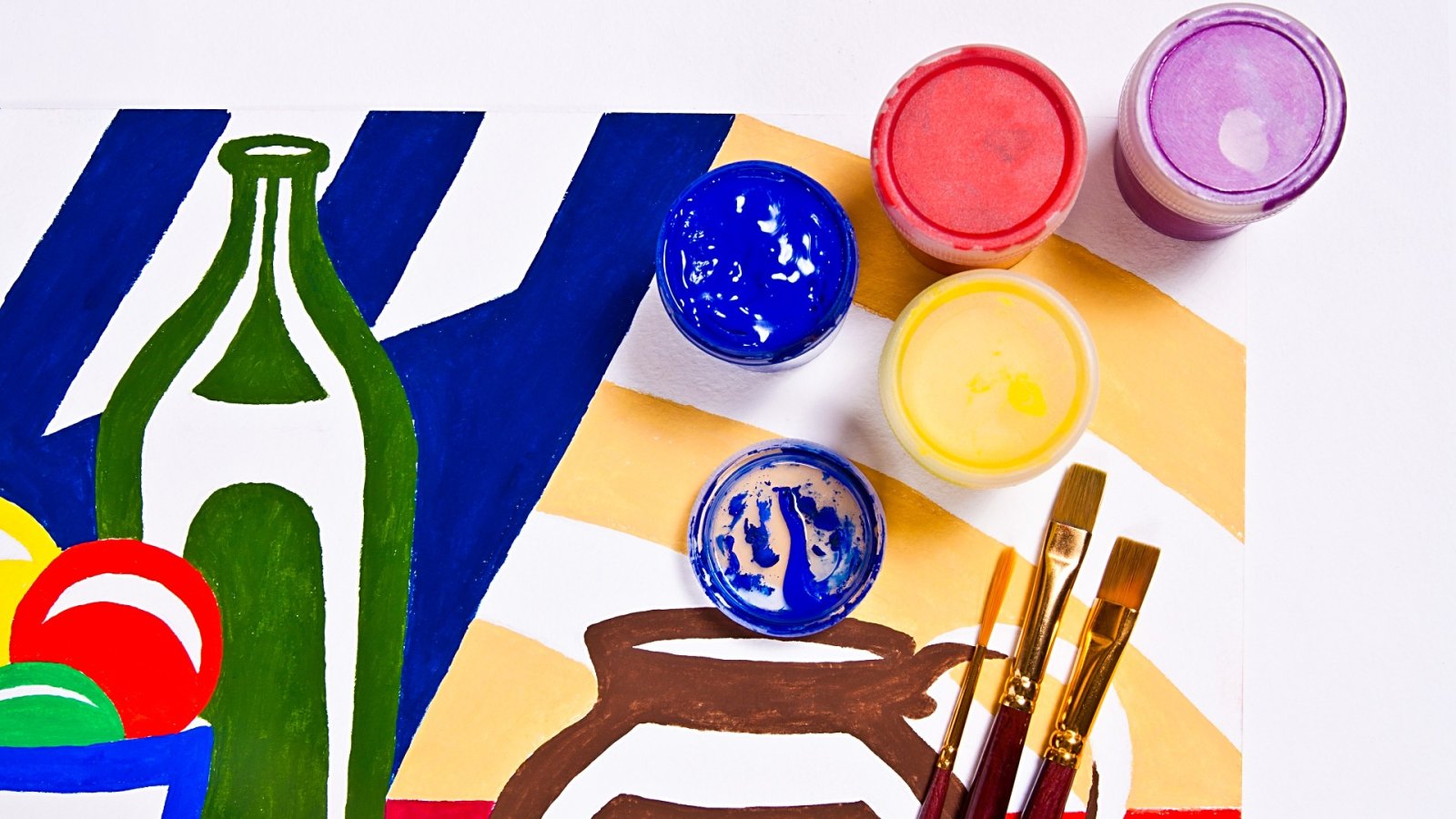Bay Area figurative artist Wayne Thiebaud (1920-2021) had a one-of-a-kind ability and talent to tantalize the taste buds of his public through his absolutely delicious and scrumptious depictions of cakes, pies, ice-cream cones, and those retro sandwiches that you see coming from the early 1960s. It was that time when he was recognized as an up-and-coming celebrity of Pop Art. Using a soft pastel technique that resembles frosting, Thiebaud's compositions and fine arrangements of desserts and sweets were always displayed in an attractive manner, reminiscent of the treats in a real bakery.
At the beginning of his artistic unique career, Thiebaud's endeavors were categorized along with those of emerging Pop artists like Andy Warhol and Roy Lichtenstein. This was especially evident in curator Walter Hopps's 1962 exhibition "New Paintings of Common Objects" at the Pasadena Art Museum. However, Thiebaud's place in the realm of American art remained somewhat enigmatic. While his work reflected the excessive consumerism that emerged from the postwar boom, fueled by the rise of the middle class and returning veterans, it did not focus on brands (you might know Warhol's Campbell's Soup and other iconic images) or mass media. In reality, Thiebaud's canvases did not convey an implicit critique of pop culture.
Thiebaud's technique stood out in contrast to the methods employed by other important Pop artists. While Warhol's paintings featured elegant, sleek, and polished surfaces created through the use of silkscreening, Lichtenstein's works utilized dots, and Rosenquist employed broad and smooth brushwork during his days as a billboard painter. Oldenburg was one Pop artist whose approach came closest to Thiebaud's perspective and sensibility, as he had soft sculptures that depicted normal, boring objects but oversized, filled with kapok fiber. These sculptures often included food items like hamburgers, French fries, and slices of cake. However, even in these works, the comparison to Thiebaud's art remained imprecise.
Who was Thiebaud?
Born in Arizona, Wayne Thiebaud grew up in a Mormon family that moved to Southern California when he was a child. Despite his eventual association with Pop Art, Thiebaud initially worked at Disney while still in high school, creating drawings that gave the illusion of movement in cartoons. He continued to work as a cartoonist and during World War II, he joined the First Motion Picture Unit of the U.S. Army Air Forces. This unit produced propaganda and training films featuring Hollywood celebrities like Clark Gable and film directors like William Wyler. Thiebaud's experiences working in popular culture likely influenced his paintings, albeit in a subtle way.
Following the war, Wayne Thiebaud turned to teaching and was on leave from a teaching position at Sacramento City College when he visited New York in 1956-57. During his time there, he developed friendships with Elaine and Willem de Kooning, and Franz Kline, and was exposed to the work of Jasper Johns and Robert Rauschenberg, whose proto-Pop art had a significant impact on him. Thiebaud joined the art faculty at the University of California, Davis in 1960 and remained there until 1991.
During the 1960s, the Davis art scene was characterized by the "Funk" aesthetic, a blend of abstraction, cartoonish figuration, and found-object assemblage that embraced a free-spirited approach to artistic expression. Many artists teaching at Davis, including William T. Wiley and Roy De Forest, were influenced by this movement. Bruce Nauman, a notable figure, also graduated from Davis's MFA program. Thiebaud's work differed from his colleagues' unrestrained style, with his cakes often being positioned statically in the foreground. However, their dynamic swirls of vibrant pigment were not. Thus, while Thiebaud did not entirely align with the Funk group, his approach to painting was in harmony with their lively aesthetic.






